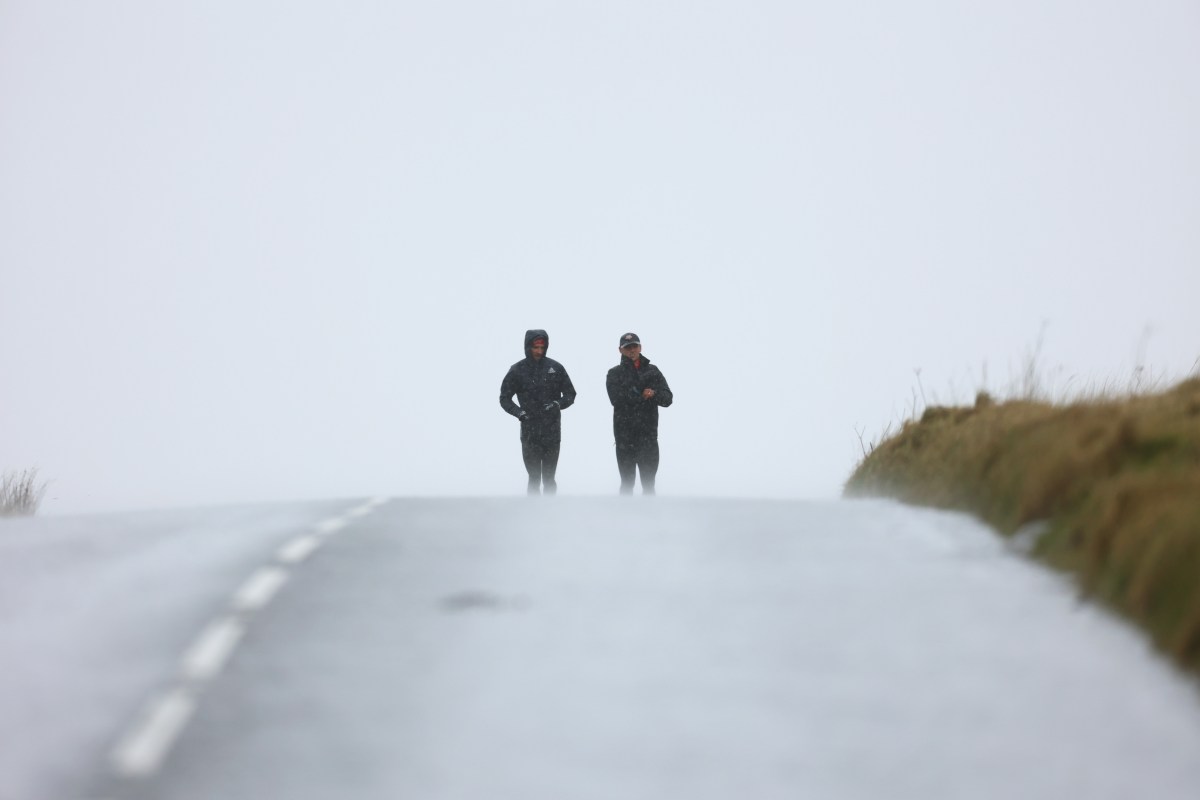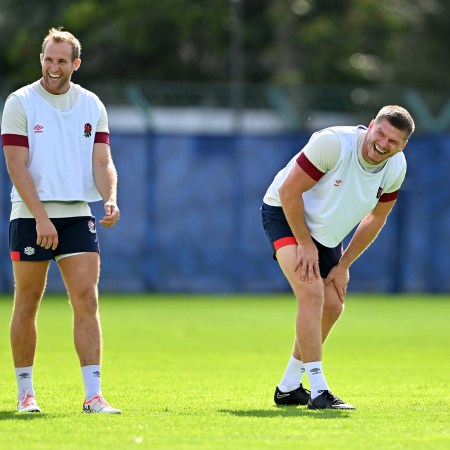If you’re plugged into the wellness world, you’re probably familiar with Nick Bare. He’s a bodybuilder capable of dead-lifting 405 pounds…who’s also somehow managed to run a 2:48:11 marathon. (We sat down with him earlier this month.)
Hybrid athletes like Bare train hard, obviously, but they have to train smart. Otherwise it’s too difficult to juggle both gym gains and endurance goals. You’d overtrain yourself into burnout or injury.
In an excellent episode of his podcast, titled “The Sub 3 Hour Marathon Formula With Coach Jeff Cunningham” (that’s Bare’s Austin-based running coach), Bare talks about a specific type of endurance workout that helped him join the ranks of close-to-elite runners: 800-meter intervals, run over and over again, at a pace that he remembers as somewhat irritating, or “mildly uncomfortable.”
Want to Live Longer? Start Thinking About Grip Strength.
Believe it or not, the biomarker is an excellent aging indicatorGoldilocks Zone
The intensity Nick Bare was referring to is often associated with the terms “moderate-intensity exercise” and “lactate threshold training.” In the realm of endurance training, working out at 80-90% of your maximum effort is a veritable Goldilocks zone. It’s hard enough that things start to change in the body (lactic acid starts to accumulate in the bloodstream faster than it can be removed), but not so difficult that you won’t be able to run for the rest of the week.
The more you train at this intensity, the better the body’s ability to buffer lactic acid, which can delay fatigue and enhance performance. Plus: you get all sorts of welcome cardiovascular adaptations, like improved oxygen delivery to the muscles, an increased metabolic rate post-exercise and improvements in muscle fiber recruitment.
Not to mention: you reap the psychological benefit of comfortably dealing with discomfort, which can be particularly useful for endurance athletes. At this pace they (a) don’t have the luxury of putting on a podcast or chatting with friends, or (b) turning music all the way up for a teeth-gritting effort. It pays to learn how to live in that in-between, as that’s what most long-distance racing feels like.
Those Speedy Norwegians
One, highly successful group that loves lactate threshold training is the distance-running Norwegians. (The best among their ranks — and the current fastest runner in the world — Jakob Ingebrigtsen, ran a 7:54.10 two-mile in Paris last month, setting a new world record.) And they generally take these sort of sessions to a level that’s more technical than rating one’s perceived exertion or monitoring heart rate.
The Norwegians are now pricking their fingers during interval sessions in order to capture droplets of blood as quickly as possible and measure the concentration of lactate. They’re using Bluetooth-equipped machines called Lactate Scouts, which connect to heart rate monitors and deliver results in 10 seconds. Sports performance researchers (who have corresponded with Jacob’s father, Gjert Ingebrigtsen) have theorized that keeping one’s lactate levels in an optimal range 2.0 and 4.5 mmol/L allows long-distance runners to train “at threshold.”
So as long Ingebrigtsen is able to train at threshold, his coaches pepper the week with as much training as possible — sometimes to the tune of multiple workouts a day.
Additional Endurance Workout Examples
Obviously, it takes a certain kind of athlete to start working out morning or night, or pricking blood in the process. If you’re training for an upcoming race, you don’t need to take it that far. But consider training at your anaerobic threshold a couple times a week. Here are some examples of similar sessions:
- Tempo Runs: These runs were explicitly designed by track coaches to increase anaerobic thresholds. After a 10-minute warm-up, run at a pace that’s 30 seconds off your 5K time for about 20-40 minutes (depending on your level of experience). Make sure to plug in a proper 10-minute cool down, which will train your body to clear lactic acid from the bloodstream quicker.
- Steady-State Cycling: Similar deal to the tempo run, though you can perform the workout either on a stationary bike or a path. Ratchet the effort up to a pace where you’re working hard but not gasping for air — then hold it there for 20 to 30 minutes.
- Moderate-Intensity Rowing: Yes, you can apply this credo to any endurance concentration. Even on the erg, simply warm up, increase to about 80-90% of your maximum effort, hang in there for an irritating stretch, then ease off for a gentle cool-down.
Whether you’re looking to get into shape, or just get out of a funk, The Charge has got you covered. Sign up for our new wellness newsletter today.



















